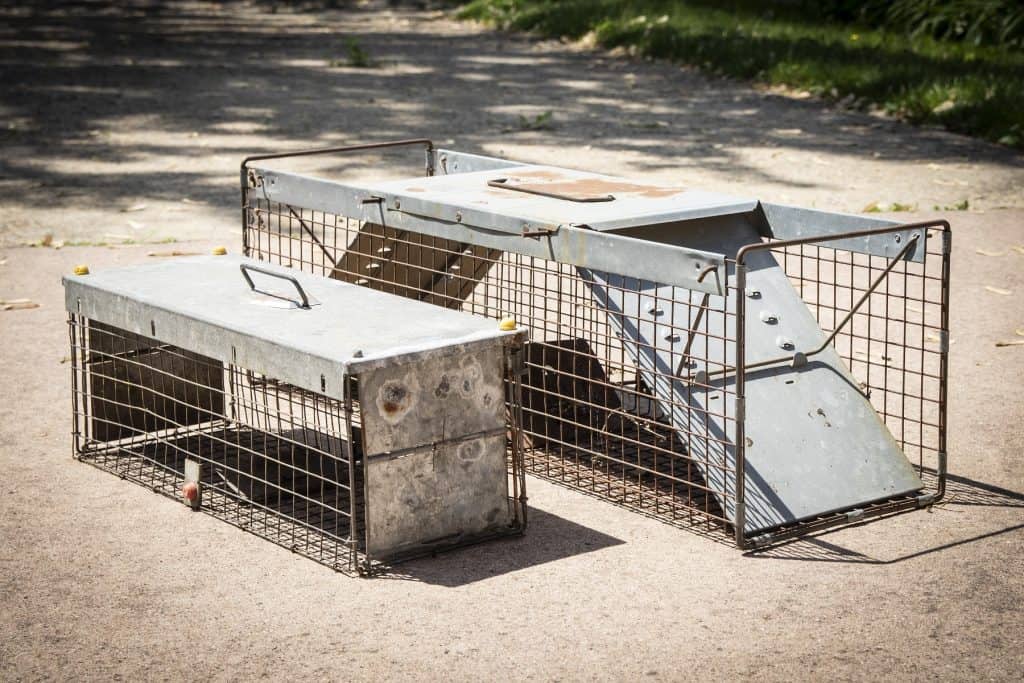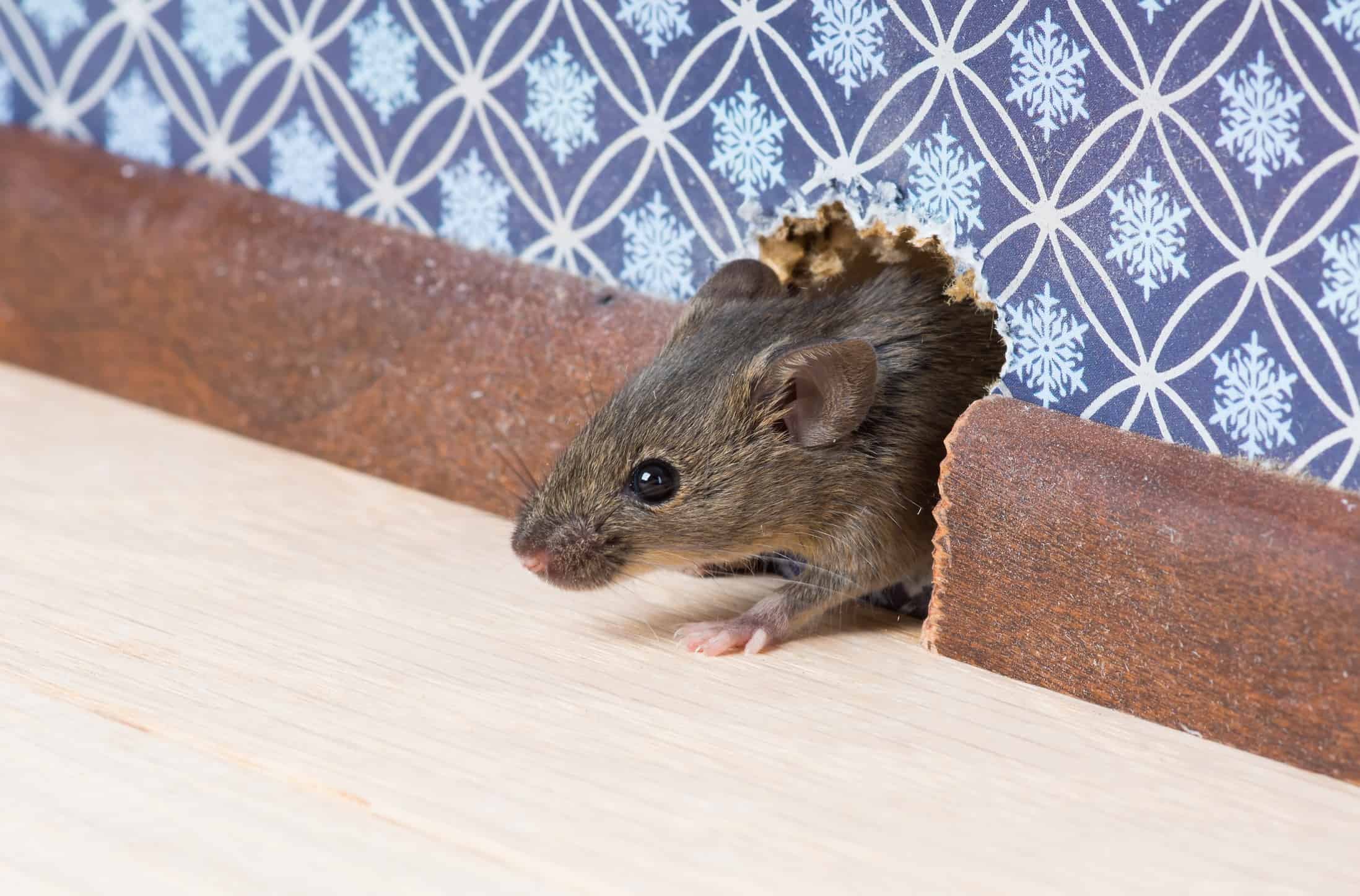For effective animal control and to deter unwanted pests from your property, consider these animal control tips. No matter where you live, there’s a chance that, at one point or another, an unwanted pest may end up on your property or inside of your home.
Depending on where you live, there are different pests that can find their way into your home. Here are some of the most common ones:
Animal Control Tips
The list could go on, but these few ones give a good idea of the kinds of animals that could make an appearance in your home.
If there’s an animal in your home, before attempting to remove it, be sure to identify what kind of animal it is. Once you’ve determined the type of critter that’s in your house, then, you can begin to figure out the best way to get rid of them.
Here are some good tips to keep in mind when dealing with unwanted animal visitors:
Get Ahead Of Them — Deter Animals Before They Arrive
The first step to take in keeping animals out of your home is by checking the exterior and making sure there’s not a single way animals can get inside, whether through holes, chimneys, open doors, etc.
However, if the perimeter has been checked and there’s absolutely no openings of which animals can take advantage, the next step is to keep animals as far from the house as possible.
To accomplish this, there are many devices out there that can be used. Some use scents, others sound, and some even use movement to scare off unwanted animals. Examples include:
- Motion-Activated Sprinklers
These shoot a stream of water, as well as make a frightening sound. They continue to do so until the animal is gone.
- Motion-Activated Lights
When motion is detected, the lights will flash on, and that sudden light will scare most animals away.
- Ultrasonic Repellents
These mainly target rodents by using a high-pitched sound that only those animals can hear.
- Liquid Repellents
They target specific surfaces, like trees, bird feeders, and trash cans. They’re mostly used outdoors.
- Fences
Fences can be a simple and relatively easy way to keep animals both out of your house and out of your garden or yard.
Identify Animals In Your Home
With larger animals, it will be easier to tell if they’re somewhere in your home. However, smaller animals can be harder to find and identify. Here are some animal control tips to determining whether you have any small animals living rent-free in your home:
- Urine or droppings
- Nests, which can be made of either paper, leaves, or twigs
- Rips or tears in ducts
- Disturbed insulation
Beyond seeing signs of animals in the home, there are also sounds that will give these smaller animals away, including:
- Gnawing
- Squeaking
- Scampers or scurrying, either on the floor, in the walls, in the attic, etc.
- Purring, whimpering, snarls, hisses, etc.
Of course, the first step to getting rid of animals in the home is to determine whether or not they’re even there in the first place.

Removal Animals – Set Up Traps Inside The Home
Once it’s determined that an animal is inside the home, the best course of action is to set up a trap. What trap you will use depends on the type and size of animal.
For smaller animals, like bats, mice, or birds, this step can be as easy as leading the animal to a confined room and catching them inside of a container, like plastic storage options piled up in your cabinets.
If there’s a larger animal, like a raccoon or opossum, it’s possible to use a large cardboard box or heavy towel to trap them. However, it may be your best bet to purchase either a cage trap that curious animals will walk into and the door will just shut behind them, or a snare pole that can be looped over the animal’s head.
Hire Professional Animal Control
Of course, with any animal that’s trapped in the home, it doesn’t hurt to skip trying to trap it yourself and just leave it in the hands of a professional. There are so many options of people to contact when you need help removing an animal from your humble abode. The options near you are as easy as a Google search away.
Then, there are animal control websites that anyone can visit and find a location near them.
While organizations like Wildlife Animal Pest specialize in wildlife, which doesn’t include insects or poisons, this can be a good thing because they’re not only experienced in larger animals, but they’re also committed to removing them humanely. And, as a bonus, there’s no risk for you.
Some of the problems these companies can solve include:
- General wildlife trapping
- Animals stuck in the attic
- Permanent rodent removal
- Dangerous animal removal
- Animals digging holes
- Relocating beehives, wasps, etc.
When looking at different companies, always check if they’re licensed and insured. It’s important to note that quite a number of wild animals, such as squirrels, raccoons, snakes, and skunks, are protected wildlife.
Since these animals are categorized as protected wildlife, many states require a permit or special license in order to remove them from your property.
Another detail to pay attention to when comparing companies is what their methods are for removal.
While an animal of any kind in the house isn’t ideal, there’s no need to kill them simply to get them out of the house. For this reason, it’s a good sign when a company says they remove animals safely and humanely.
Additionally, once the animal is trapped and ready to be released, there are regulations on where that wildlife can be released.
Animal Control Tips
If an animal has made it into your home, especially living in the desert, it’s best to stay calm as, the majority of the time, the animal is more scared of you and is going to be harmless unless disturbed.
Yard pests such as smaller animals, like rodents, squirrels, or birds, can be handled without the help of a professional.
However, when you’re dealing with bigger species or potentially harmful ones, like raccoons or snakes, its best to call in an animal removal specialist because they know how to get rid of them the most humanely way possible.

How To Get Rid of Rats in House Fast
If you hear scurrying at night, or notice droppings or damage, you must address the problem immediately. You can get rid of rats on your own. Learn how to get rid of rats using these easy methods which we explain below:
- Identify rat entry points
- Seal off entry points
- Remove feeding sites and attractants
- Learn their habits
- Trapping
- Poison and rodenticides
- Scents to repel rats
- Rat exclusion
It's important for you to take steps to eradicate rats AS SOON AS POSSIBLE. Rats reproduce rapidly. The longer you wait, the more rats you will have.
Instructions
Identify rat entry points
- Foundation
- General building exterior
- Roof, roof soffits
- Chimney
- Vents
- Attic, crawl space
- Service lines, breaker boxes
- Door frames, windows
- Garage doors
- Dryer vents
- Oven gas lines
- HVAC system and ductwork
- Areas surrounding pipes
- Through sewer pipes
- Letterboxes attached to homes
Seal rat entry points
- Spray foam insulation
- Caulk
- Cement
- Rat-proof wire mesh
- Steel wool
- Hardware cloth
- Galvanized metal
- Kick plate for doors
- Identify feeding sites
- Black light
- Listen at night
- Dust areas with flour
- Droppings
Rat traps
- Snap traps
- Live traps
- Glue traps
- Rat poison
- Rodenticides
- Attract Owls ~ Owls eat rats
Scent that will keep rats away
Scents that will rats away from your home use natural ingredients, it’s actually a better alternative than using traps that may inadvertently kill them.
- Peppermint Oil
- Beaver Oil
- Citronella Oil
- Chili peppers (the hotter, the better)
- Onions
- Bleach
Rat exclusion
Call a pest control company
Notes
How long does it take to get rid of rats?
Short answer: It depends. If you are dealing with a small rat population, it could take a week or two to get rid of them completely. However, if the infestation is large enough, it will take longer, especially if this happens in larger spaces and buildings.
If you see rats during the day, it's likely there is a rat infestation. This means you will have more than a few rats. This may be in the later stages. Rats are active at night, not during the day. In this instance, it's best to call a local pest control professional.

